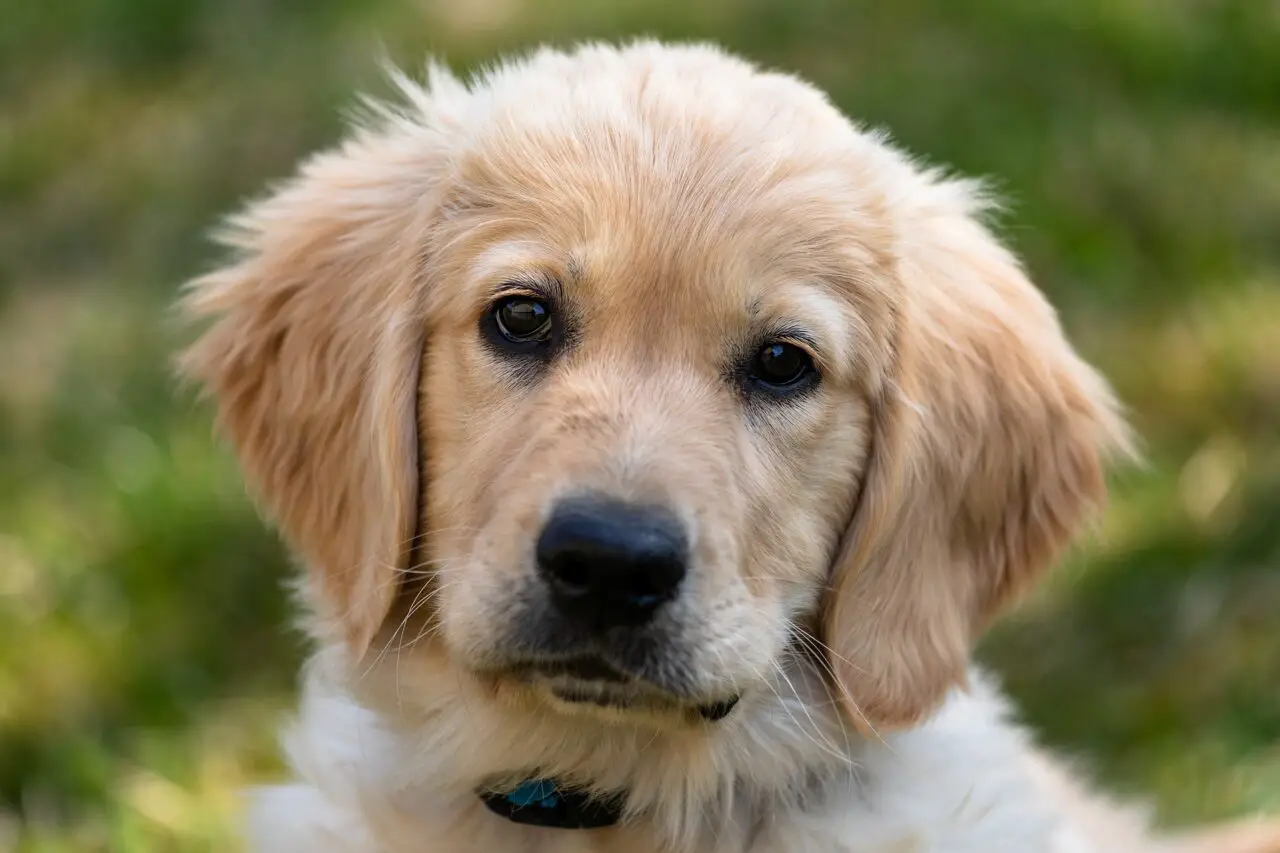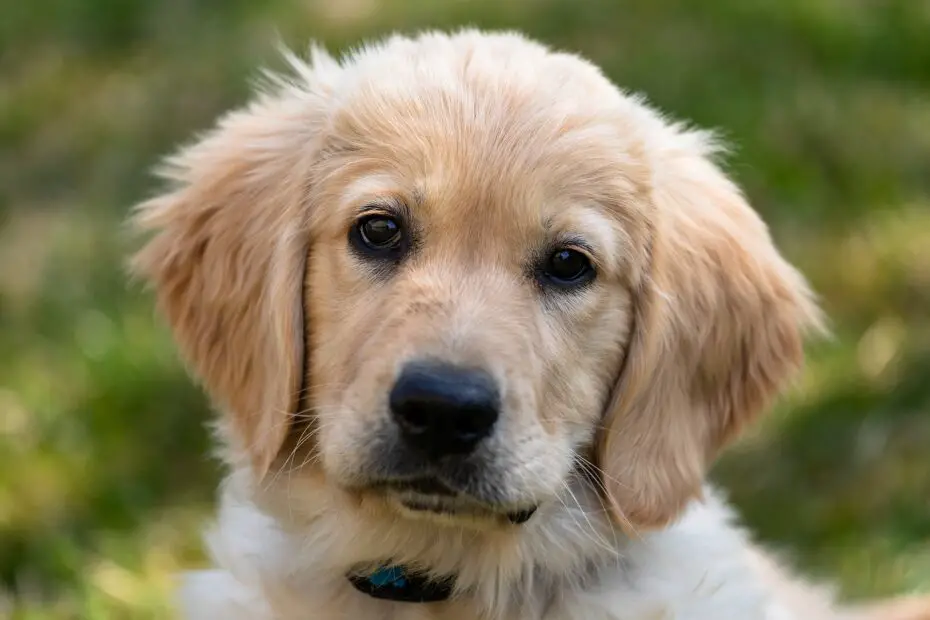It’s not always simple to ensure the health, happiness, and social development of a young yellow Labrador retriever. Yellow lab puppies need even more one-on-one time and care than adult Labs do. This is because a yellow lab puppies brain and body undergo rapid changes during its first few months of life.
To ensure a lifetime of happiness and health for a Lab puppy, a responsible owner must provide him with the appropriate amount of exercise, discipline, and attention. Following these guidelines will ensure that your yellow Labrador puppy has a long and fulfilling life.
You may also want to read about chocolate lab puppies and black lab puppies.
Feeding
How much food your puppy needs changes depending on what stage of development he or she is at. Feed your infant roughly 4 times a day, with 2 cups of food at each sitting, from the ages of 6 to 12 weeks. Make sure to give them the right puppy food.
Then you should make sure they engage in vigorous physical activity on a daily basis. This will ensure that their bodies remain healthy and lean. Limit the amount of extra food and treats your pet gets.
Extra weight gain is possible quickly due to all those treats. A Lab may not take kindly to being put on a diet.

Bathing
There are many urban legends and urban rumors floating around the web regarding the proper method of bathing this dog. Ignore whoever you like; it’s your choice. Unless they have been very mischievous and gotten into something they shouldn’t have, Labradors can go for long periods without needing a bath.
A yellow Lab gets a bath about once a month, or more often if they’ve been playing in the mud. Puppies of the Yellow Lab breed, on the other hand, shouldn’t get their first bath until they’re about 2 months old.
Yellow lab puppies have a harder time controlling their body temperature when they are younger, so it’s best to wait until they are at least a few months old. As a lab ages, there are a variety of considerations to make when bathing them:
One, the dirtiness of your dog will increase the further away from the city you are. They’re more likely to stumble upon mud out in the country. Your dog will stay cleaner if you move into an apartment.
The Labrador is rumored to have an exceptionally pungent odor, prompting calls for a bath whenever the dog’s scent permeates the entire home.
Third, your Lab will have skin problems and require more frequent baths. The frequency of baths will depend on the health of your Lab’s skin.
4 If Your Dog Is Mischievous, as in, it likes to dig in the garbage, play in the mud, and so on. If so, you should give your puppy regular baths.
Care
Besides the obvious benefits of keeping your new Yellow Lab puppy clean, there are additional health concerns you should address while bathing him.
You should clean their ears because germs and infections love to make a home in their floppy ears. Instead of bathing your pet every few weeks, you should focus on keeping its ears clean.
The eyes should be washed every day to remove the dust, debris, and other particles that accumulate there as a result of normal use.
Brush their teeth or give them hard snacks to aid in this task so that their teeth remain clean and healthy.
Keep Their Nails Short If you let your puppy’s nails grow too long, they may experience discomfort. You want to cut them short, but not so short that you see blood or hurt your puppy.
Use a gentle, anti-flea shampoo on your lab when you bathe them to not only clean them, but also to deter fleas and ticks from inhabiting their skin.
